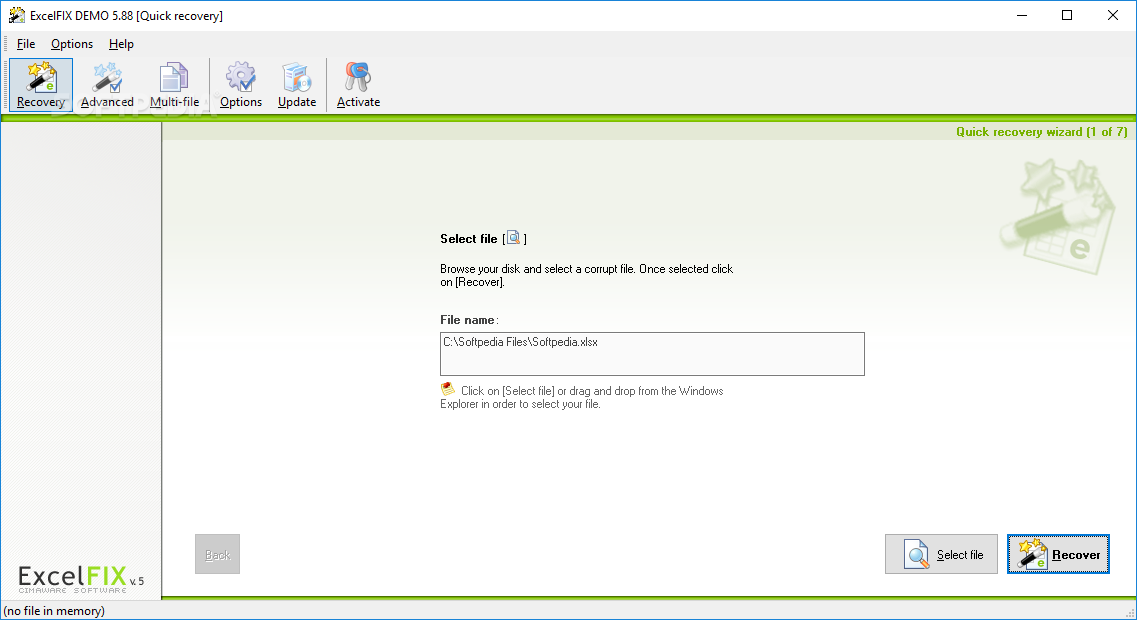

This has become one of the major factors that need to be considered in large-scale storage systems. On the other hand, the energy consumption for high-speed large-scale data transfer is high. In another study, a distributed bandwidth reservation approach for reducing energy consumption in dedicated networks was proposed, which could greatly improve the scalability issue compared to the former proposal. The centralized management pattern has, however, limited scalability and hence constrains the applicability of this approach. In one study, a bandwidth reservation approach via a centralized resource management platform was proposed for providing predictable performance in research networks.

Typical examples of dedicated networks include research networks such as the National LambdaRail and the Internet2 Network. Because of its fully controlled feature, dedicated networks with bandwidth reservation have drawn more and more attention.

On one hand, to meet the requirements of the large-scale data-intensive applications, the need for high-speed yet predictable data transfer is increasing where networks with effective bandwidth controls are required. Balancing the trade-off between data transfer speed and energy consumption is a significant challenge. In recent years, the ever-developing Cloud and large-scale distributed storage technologies have resulted in higher demand for data transfer from both data transfer speed and energy consumption aspects. Therefore, reviews conducted in this section could also benefit our research for creating replicas in the data creation stage.ĭata transfer has been considered a very important research issue in the field of high-performance networks and distributed storage systems for a long time 69 70. In addition to data recovery, data transfer is also intensively involved in creating replicas in the Cloud. In order to recover Cloud data in a cost-effective fashion, in this section we focus on data transfer approaches for distributed systems. However, for recovering data in a large distributed storage system, there is one universal principle: When the data is lost, the lost data (either already restored to the form of the lost data or not) need to be transferred from somewhere (to somewhere else) to recover the original status of the data, and hence data transfer is considered to be the main procedure during the data recovery process. For systems with either replication-based or erasure coding–based data storage schema, different replication levels or erasure codes could lead to different data recovery strategies. Data recovery approaches are highly dependent on the data storage schema of the distributed storage systems. No matter which data redundancy approach is applied, the lost data must always be recovered when possible so that the redundancy can be maintained at a satisfactory level. Dong Yuan, in Reliability Assurance of Big Data in the Cloud, 2015 2.3 Data transfer for distributed systemsĭata recovery is a very important aspect of data reliability management.


 0 kommentar(er)
0 kommentar(er)
